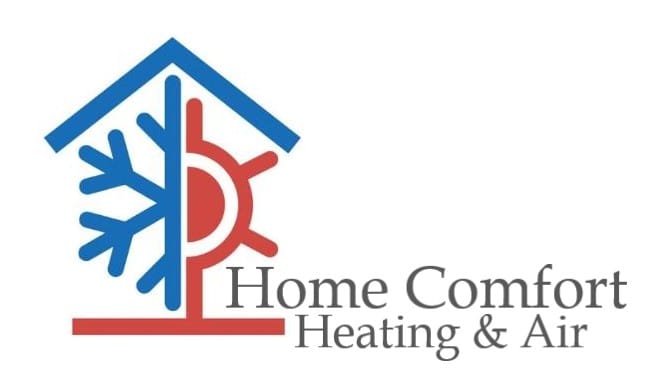Blog
Serving Elk River and These Areas
Home Comfort Heating & Air
11106 190th Ave NW
Elk River, MN 55330-2873
Phone: 763-276-0617
Email: [email protected]
M - F: 8am - 5pm | Sat - Sun: Emergency Only
About Home Comfort Heating & Air
At Home Comfort Heating & Air, making your home comfortable is our highest priority. That’s why we supply lasting HVAC units and outstanding work in Elk River and surrounding areas.. Our technicians are educated in a wide range of services, so you can feel confident in the work you receive. They’ll provide the support you are seeking, whether it’s putting in an updated HVAC system or repairing and tuning up your existing system. We’re here to provide support for all of your requirements, so call us at 763-276-0617 or contact us online to get an appointment today.
© 2025 Home Comfort Heating & Air | All rights reserved










